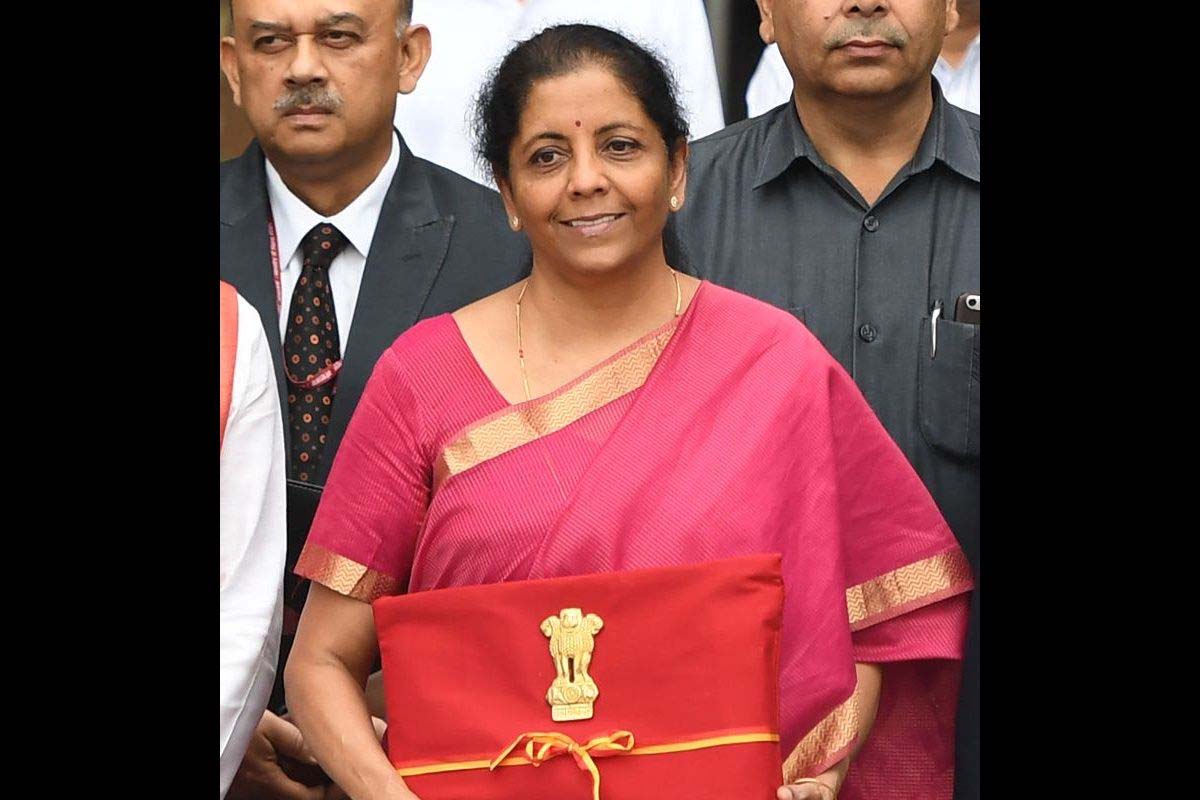It is perfectly possible for India to leverage technology, data power, and artificial intelligence to leapfrog into the $5 trillion league but shorn of the bluster there was little in Nirmala Sitharaman’s maiden budget to convince that she has in place the funds or a framework of systems to achieve it. It would have been reassuring had she specified the outcomes more clearly instead of emphasising – without mentioning outlays ~ how she would deliver a mazboot desh, mazboot nagarik. Mrs Sithraman settled for making the right noises about climate change, electric mobility, women, education, youth, reskilling, affordable homes, cleaning up the banking mess. But the ground realities were not addressed: drought, unemployment, manufacturing slowdown, small sector despondency, farm sector malaise, adverse trade balance and fiscal deficit. Mrs Sitharaman had earlier made clear her strategy to deny challenges and even self-inflicted pain when she had proclaimed in the Rajya Sabha that demonetisation, for instance, had no impact on the Indian economy. In the Lok Sabha on Friday, she turned to the private sector, start-ups et al, as the prospective heroes of the “new India” to deliver the country out of its economic straits and attain a $3 trillion economy and emerge as “job creators”. The question is if this sector, reeling under illiquid conditions and spluttering consumption, will find adequate support from the announcements to feel that it is up to the task, especially because there is no clue about how resources will be raised or where the big investment will come from. What is welcome is the allocation for bank capitalisation and for the non-banking financial sector to address problems of liquidity, which might release growth impulses. The attention to stuttering start-ups is also welcome.
The fundamental problem with India is the twin track of growth ~ one for a billion people (some 300 million under the poverty line) and another for around the 200 million better off. By its very nature, the private sector is not geared to address issues of such socio-economic disparities in the gaon, garib aur kisan space. The other segments that the minister has wooed are the non-resident Indians and foreign direct investors (including in intermediaries) who may find greater interest in insurance, aviation, marketing space technology, media and animation. NRIs may look forward to seamless access to bourses, supported by Aadhaar cards. Corporates should be pleased with 25 per cent tax ceiling for all companies up to an annual turnover of Rs 400 crores and the promised hands-off tax regime. The customary relaxations from income-tax and other rationalisations along with faceless assessment are welcome features, as is the interchangeability of PAN and Aadhaar cards and such other “ease of living measures”. Where the minister’s numbers ring a false note is around how her allocations will be financed, save for Rs 1,05,000 crore from disinvestment, including in Air India. She is quite out of her depth vis-à-vis the farm sector too and provisions for 10 million youth for skill training and for agro-rural industry will hardly release animal spirits of rural India nor will the meager allocation on education achieve much. Over the five-year term of Modi 2.0, these big bang targets might turn out to be quantitatively breath-taking and impress the aspirational middle class but end up with qualitatively poor attainments.
Advertisement











